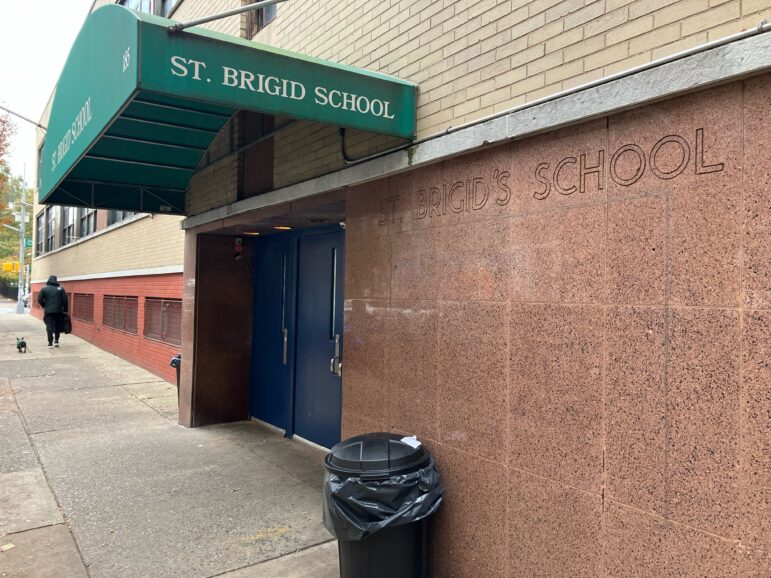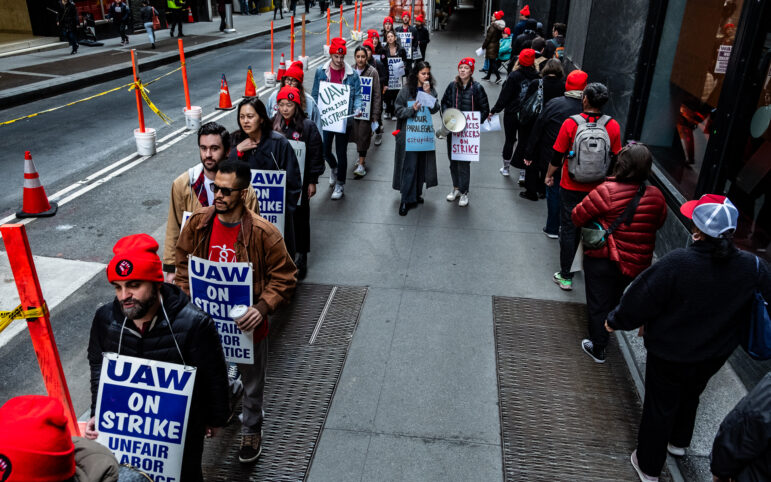The Bloomberg administration’s flagship welfare initiative came under attack last week, assailed by advocates for the poor who charged that the $200 million Wellness, Comprehensive Assessment, Rehabilitation and Employment (WeCARE) program is doing little to help the city’s indigent find work and is being left largely unmonitored by the city.
Launched in February 2005, the WeCARE program was heralded by city officials as a new era in welfare, breaking with what many saw as a punitive approach under Mayor Rudolph Giuliani. Intended to help welfare’s sick and disabled clients either find work or attain federal disability benefits, the program was designed to carefully assess – and try to fix – the problems keeping those clients from working. Verna Eggleston, then-commissioner of the Human Resources Administration (HRA) – which, as the city’s welfare agency, oversees the program – proclaimed that WeCARE would “meet people where they are.”
Terrance McSween liked the sound of that – but says he has yet to see it in his dealings with the program. A single father of three who was assigned to WeCARE after injuries sustained in a car accident prevented him from continuing his work at odd construction jobs, McSween said his case was closed after he’d gone to a doctor’s appointment instead of a caseworker meeting; he’d left several messages for his caseworker, to no avail.
“It’s a waste of money,” McSween said in a statement given at a press briefing on the critical report released last week by Community Voices Heard (CVH), an activist group of and for low-income New Yorkers. “The workers are inaccessible, the communication between WeCARE caseworkers and the clients is poor. They don’t provide people with the support they need.”
Those kinds of bureaucratic foul-ups are so widespread they may be undercutting the program as a whole, the report charges. Citing city documents showing that 2,500 WeCARE clients had found jobs by last October – roughly 5 percent of the nearly 46,000 judged to be able to work – the group argued that the program is failing to adequately match clients with the local and federal resources available.
CVH researchers also found evidence of lackluster job readiness training in their interviews with more than 700 clients; some clients reported being given crossword or word search puzzles in their job readiness classes. Researchers also said they were stymied by officials when they requested copies of quarterly quality assessment reports required by the 2004 contracts; HRA’s freedom of information officer said such reports were not available.
The job placement rate raised eyebrows among veteran observers, even as they questioned the study’s methodology. “You have to ask why so few got work; it does strike me as a low figure,” said Lawrence Mead, a political science professor at New York University and a consultant to the Giuliani administration on welfare policy. As for the rest of the findings, Mead noted the report was more anecdotal than a rigorous academic study would be: “You can’t trust [the report] as a valid picture of what’s going on overall. It’s a case of he said, she said.”
Indeed, city officials dismissed the report, arguing that, in a program that has processed nearly 150,000 individuals, 700 clients may not be representative of the program as a whole. “The findings are not statistically significant and therefore cannot be generalized to the overall program,” HRA spokesperson Barbara Brancaccio wrote of the clients’ complaints in a prepared email response.
While Brancaccio added that as of March 7, a total of 3,460 clients had found work through the program – a thousand more than CVH claims – she expressed surprise that quality assurance reports had not been available for researchers. “HRA has intensively monitored WeCARE’s implementation through site visits, client feedback, and analysis of preliminary interim data,” she said, adding that she received regular internal reports on WeCARE’s progress, and that the agency is currently negotiating a contract for an independent body to conduct quality assurance reviews going forward.
For their part, advocates are saying that until they can take a look at regular reports of the caseload, their own report will have to do. “This report is the first comprehensive evaluation,” said Alexa Kasdan, the CVH public policy and research associate who authored the report. “After hearing from over 700 participants in this program, it is clear that people are not getting the specialized services that the program is designed to offer,” said Kasdan.








